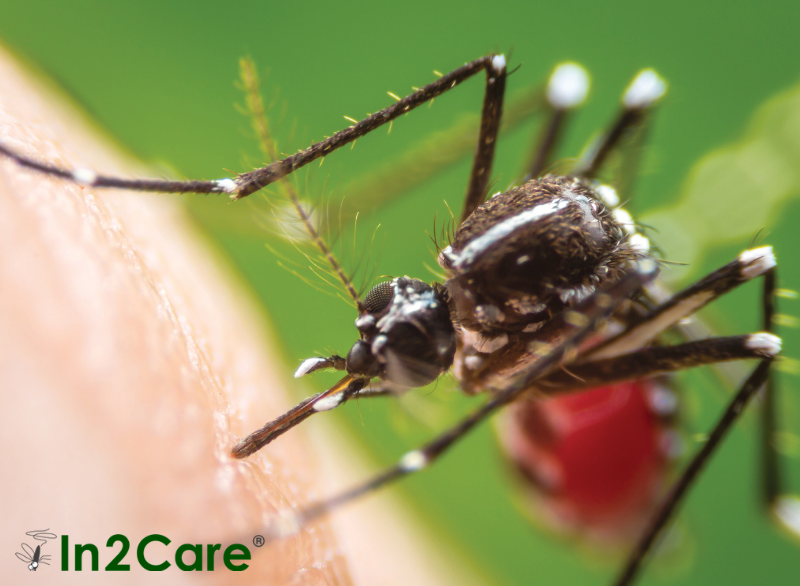Prevent infestation with fall preparation

With the fall season underway and colder months on the horizon, rodents start searching for warmer nesting areas and plentiful food sources – inside houses and buildings.
Five step integrated rodent management program in buildings
Mice can fit through an opening the size of a dime and rats the size of a quarter. Their ribs are hinged at the spine allowing them to effortlessly collapse when squeezing through a constricted space. Once rodents can fit their head through an opening, the rest is easy. With rats and mice trying to push their way indoors, now is a good time to concentrate on rodent control and prevention. Bell’s Rodent Pest Management Program consists of five parts:
- Inspection & Identification
- Baiting & Trapping
- Population Knockdown
- Exclusion & Sanitation
- Monitoring & Maintenance Baiting
Inspect for signs of rodent activity such as sebum; markings created by greasy fur, gnawing damage, nesting material, urine or droppings. Check around possible rodent entrances like exterior doorways, where pipes meet siding, burrows under foundations of buildings lacking basements, crawlspaces and hollow walls. Other key points of entry to look for are hanging tree limbs, vertical wires and defective drainpipes. Identifying the type of rodent infesting the site will help in choosing the best course of action and the proper products to extract these pests the quickest.
Decide if baiting and/or trapping makes the most sense. Use the correct size of snap trap, depending upon if the target is rats or mice. Choose the appropriate bait active for the current situation.
To help control developing rodent populations, utilize a wider range of control techniques. For instance, use both Bell’s EVO Tunnel and T-Rex iQ together to conduct superior rodent control. T-Rex iQ rat traps snap into place back-to-back inside the Tunnel. This allows the technician to secure the protected traps on pipes both horizontally and vertically. EVO Tunnel protects the snap traps from non-targets and allows for easy securing. With T-Rex iQ, technicians know exactly which traps have experienced rodent activity. Take a smarter approach with this winning combination.
Exclude rodents from buildings by closing all holes in exterior and interior walls, particularly around doors and windows. Install vinyl, rubber, or bristle sweep seals under garage doors to eliminate any gaps and suggest the installation of self-closing devices on frequently used doors. Sealant around pipes, drains, and vents needs to be tight and chimneys should be properly capped. Control sources of food and water such as bird feeders, dog bowls, food spillage, fountains and pools. Make sure to trim foliage because overhanging branches provides roof access. Clean out potential rodent harborages including piles of wood, junk, pallets, hay and weeds; in addition, maintain a clutter-free zone of at least three feet around all building exteriors.
Monitor for new holes and tunnels as efforts by rats and mice to return to old feeding grounds will be the strongest a week or two after the building has been sealed up. Following these steps will lead to a successful integrated pest management (IPM) program.







